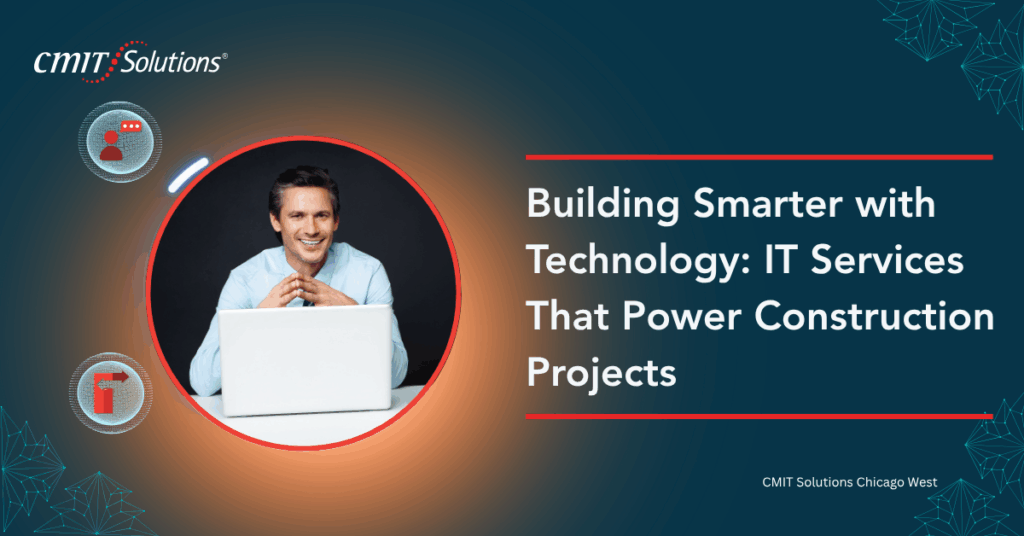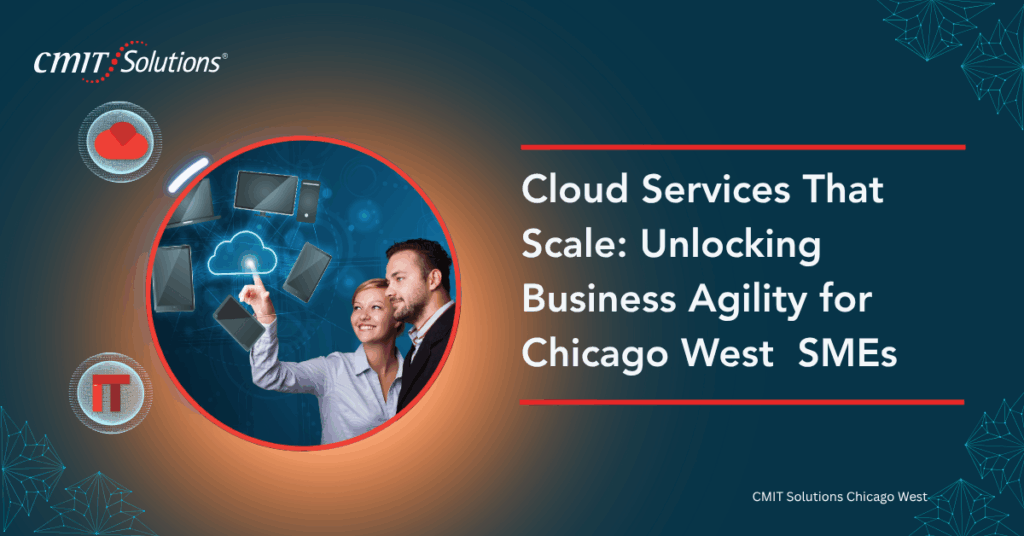Introduction: Extending the Life and Value of IT Assets
In today’s fast-paced digital world, small and mid-sized businesses in Chicago need to ensure that every piece of IT equipment delivers maximum return on investment. IT lifecycle management is the process of planning, deploying, maintaining, and replacing technology in a way that aligns with business goals. From procurement to disposal, having a structured approach helps reduce costs, boost productivity, and maintain security. By incorporating cloud services that scale and strategic IT planning, businesses can extend the useful life of their assets while staying ahead of emerging needs.
What is IT Lifecycle Management?
IT lifecycle management encompasses all stages of a device’s life, from acquisition to retirement. This includes assessing needs, selecting hardware, deploying it into the business environment, maintaining it for optimal performance, and securely disposing of it at the end of its life. Incorporating emerging IT infrastructure innovations ensures that businesses invest in technology that can adapt to future demands.
Partnering with experts in technology services that power growth helps create a lifecycle plan tailored to unique business objectives.
Benefits of Proactive Hardware Management
Proactive hardware management provides multiple strategic benefits that can dramatically improve efficiency and reduce long-term costs:
- Reduced Downtime – Regular maintenance and monitoring detect potential issues early, ensuring devices operate at peak performance and minimizing interruptions.
- Optimized Performance – Leveraging AI-powered intelligent applications ensures hardware runs efficiently, extending its useful life.
- Cost-Effective Compliance – Implementing HIPAA-compliant IT solutions helps maintain regulatory adherence while avoiding costly penalties.
- Strategic Budgeting – Predictive planning allows businesses to allocate funds for upgrades in a controlled manner, avoiding emergency expenses.
- Scalability Support – Working with local managed service providers ensures that hardware investments align with long-term growth.
Reducing Total Cost of Ownership (TCO) Through Smart Planning
Minimizing TCO is one of the biggest advantages of well-executed IT lifecycle management. By forecasting upgrades, negotiating better vendor contracts, and standardizing hardware models, businesses can avoid unnecessary expenses. Leveraging digital transformation strategies ensures that every dollar spent aligns with both operational and strategic goals.
Additionally, integrating cybersecurity measures throughout the lifecycle helps prevent costly breaches and protects long-term investments.
Enhancing Security Throughout the Lifecycle
Security should be a top priority at every stage of the hardware lifecycle. During deployment, devices should be configured with endpoint protection and encryption. Throughout their use, regular risk assessments and updates keep systems secure. At the retirement stage, secure data destruction is essential to avoid breaches.
Integrating security best practices from cybersecurity planning ensures that sensitive information remains protected from acquisition to disposal.
Aligning IT Investments with Business Goals
Effective IT lifecycle management aligns technology spending with long-term business strategies. This means replacing hardware not just because it’s outdated, but because doing so supports operational goals. Leveraging technology services that power growth ensures that every upgrade contributes directly to improved performance and competitiveness.
Preparing for Future IT Needs
Technology is constantly evolving, and so are the needs of businesses. Staying ahead requires regular evaluations of current systems and forecasting future requirements. Using cloud-based scalability and integrating new tools like UCaaS solutions ensures that companies remain adaptable.
Leveraging Managed IT Services for Continuous Improvement
To maximize hardware value and performance, businesses can partner with managed IT service providers who offer proactive monitoring, timely upgrades, and strategic guidance. These experts help identify optimization opportunities, integrate emerging technologies, and ensure that systems remain aligned with both immediate needs and future growth.
By combining managed IT expertise with lifecycle planning, companies can maintain peak efficiency, strengthen security, and adapt quickly to industry shifts.
Conclusion: Maximizing ROI with Smart Lifecycle Planning
IT lifecycle management isn’t just about replacing devices—it’s about making strategic decisions that maximize value, security, and productivity. By integrating lifecycle planning with strategic IT initiatives and leveraging local expertise, Chicago businesses can ensure their technology investments deliver long-term returns.






